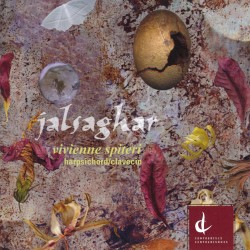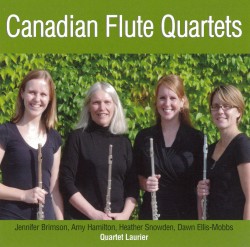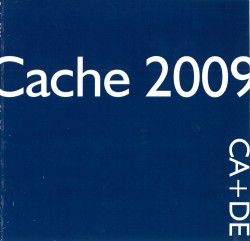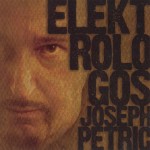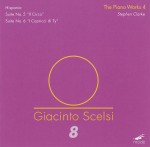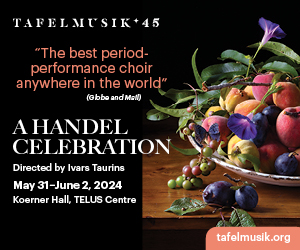raW - Chamber Music by James Rolfe
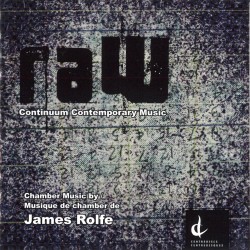 raW - Chamber Music by James Rolfe
raW - Chamber Music by James Rolfe
Continuum Contemporary Music
Centrediscs CMCCD 16210
The Continuum ensemble, comprised of Toronto’s top contemporary musicians, adds a third CD to its discography. Here effectively conducted by Gregory Oh, the entire album is dedicated to the music of multi award winning Toronto composer James Rolfe (b. 1961).
raW (2003) is a delightful musical romp. Based on Bach's Second Brandenburg Concerto, Rolfe notes that the musical elements of raW are filtered through several reggae songs and the John Philip Sousa march Stars and Stripes Forever. The work starts smartly with a series of recognisable motoric sixteenths from the Bach treated to syncopation and silencing. This stream is then subjected to a complex multi-layered compositional process exposing evanescent and barely recognizable echoes of reggae and march. The effectiveness of raW is heightened by its masterful scoring. The first series of chords sound as if a much larger ensemble than Continuum’s six musicians produced it. Graced with deftly constructed light-hearted moments, it’s no wonder this effective work was awarded the 2006 Jules Léger Prize for Chamber Music.
The composer’s brand of cheeky humour re-appears in Devilled Swan (1995). Here the composer takes apart the late 18th-century hymn tune China by Timothy Swan, the American hymnodist. Like James Rolfe’s composition teacher John Beckwith has often done in his own works, Devilled Swan takes an established hymn and re-composes it; except that the student takes compositional messing to new extremes. Rolfe virtually vivisects the hymn, proposing an ode to chromaticism and rhythmic stasis.
The violin sonata Drop (1999) is most memorable where the extended violin melody is doubled on the piano. Squeeze (1997) on the other hand starts off as a jaunty march, flavoured with a “Les Six”-like insouciance. Further on it marches right into the mysterious dreamy realm of a Bach chorale, dissolving into an unresolved tonal, harmonic and textural mistiness.
Composer Rolfe, evidently fond of bass drum thumps of all dynamic gradations, indulges his penchant in Revenge! Revenge!! Revenge!!! (1995) to dramatic effect, adding brake- and other drums for good measure.
This is a distinguished album by one of our most gifted composers of new concert music, definitively played.


